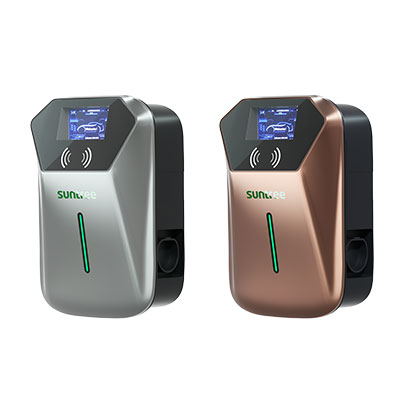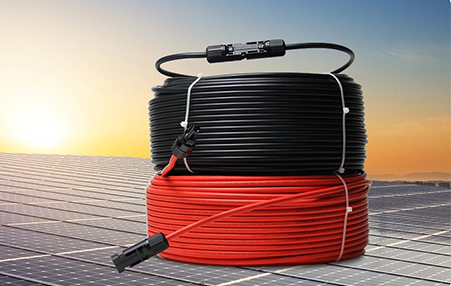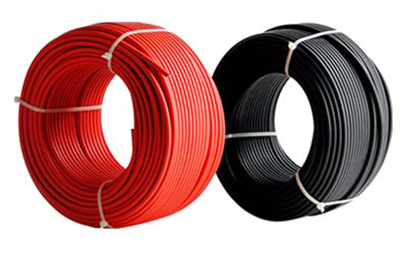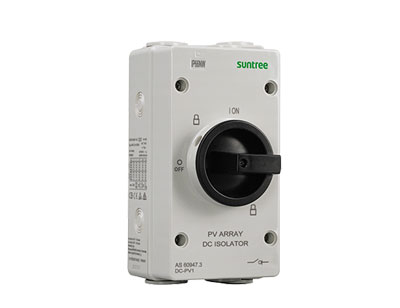How to choose suitable PV Accessories?
PV Accessories are auxiliary components in photovoltaic power generation systems, which are of great significance to ensure the efficient operation, stability and safety of the system. Common photovoltaic accessories include photovoltaic brackets, which are used to support and fix photovoltaic modules to receive sunlight at the best angle; cables and connectors, which connect various electrical equipment to transmit power; inverters, which convert DC power into AC power; distribution boxes, which distribute and protect power; grounding devices, which ensure safe grounding of the system; monitoring equipment, which monitors system performance for timely maintenance. These accessories work together to ensure the smooth operation of the photovoltaic system.
Choosing suitable PV Accessories can be considered from the following aspects:
1. Photovoltaic bracket
Material: Common ones are aluminum alloy and galvanized steel. Aluminum alloy brackets are light and corrosion-resistant, but the cost is relatively high; galvanized steel brackets are high in strength and low in cost, but they need to be treated with anti-corrosion. Choose the right material according to the installation environment and budget.
Installation method: Fixed brackets are simple to install and low in cost, suitable for most scenarios; tracking brackets can move with the sun to improve power generation efficiency, but the cost is high and the maintenance is relatively complex. If you are looking for higher power generation and have sufficient budget, you can consider tracking brackets.
2. Cables and connectors
Current capacity: Choose cables with appropriate current capacity according to the power and line length of the photovoltaic system to ensure that they will not overheat during operation.
Insulation performance: It should have good insulation performance and be able to withstand various harsh environments, such as high temperature, low temperature, humidity, etc.
Connector quality: Choose connectors with firm connection, low contact resistance, and good waterproof and dustproof performance to ensure the stability of power transmission.
3. Inverter
Efficiency: A high-efficiency inverter can convert more DC into AC and reduce energy loss. Choosing a high-efficiency inverter can reduce the operating cost of the system.
Power: Choose an inverter with appropriate power according to the installed capacity of the photovoltaic system to avoid the influence of too small power on power generation efficiency or waste caused by too large power.
Reliability: Choose a brand with good reputation and quality assurance to ensure that the inverter is stable and reliable in long-term operation.
4. Distribution box
Protection level: It should have a high protection level to effectively prevent the intrusion of dust, moisture and other external factors and protect internal electrical components.
Quality of electrical components: Circuit breakers, fuses and other electrical components should be of reliable quality and meet the standards to ensure that the circuit can be cut off in time in case of a fault to protect the system safety.
5. Grounding device
Grounding resistance: The grounding resistance should meet the requirements of relevant standards to ensure that the current can be quickly conducted to the earth in case of lightning strikes or electrical faults to protect the safety of personnel and equipment.
Installation specifications: The installation of the grounding device should be carried out strictly in accordance with the specifications to ensure good grounding.
6. Monitoring equipment
Function: Select monitoring equipment with the function of real-time monitoring of power generation, voltage, current and other parameters to understand the system operation status in a timely manner.
Data transmission mode: You can choose monitoring equipment that supports wireless transmission or wired transmission, and choose according to actual needs and installation environment.
Compatibility: Ensure that the monitoring equipment is compatible with other components of the photovoltaic system and can work normally.









